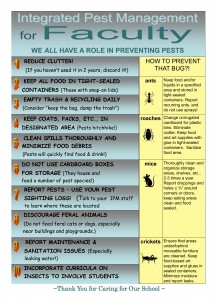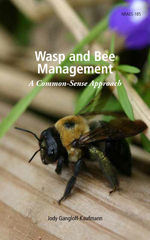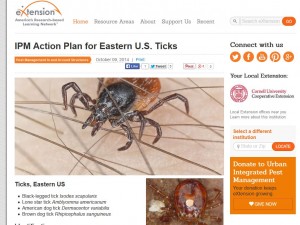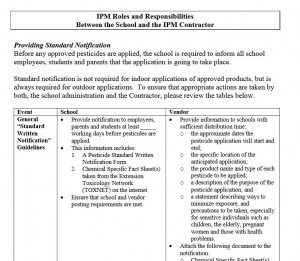Our Best Management Practices for School website holds a lot of practical help for anyone who wants to increase their knowledge of IPM. This post focuses on Indoor IPM and includes the links to:
An Ounce of Prevention: IPM for Schools and Childcare. A resource for staff and parents, because everyone has a role in pest reduction.
Air Quality and IPM– Asthma Concerns from EPA Asthma is the most chronic illness affecting children.
Asthma and Cleaning Products: What workers need to know Cleaning products can cause breathing problems in custodians and other staff, as well as students.
BMPS for Indoor Non-Food Areas Here’s a checklist for yearly, quarterly, monthly, weekly and daily practices to reduce the chance of pests in areas such as boiler rooms, locker rooms, gymnasiums.
BMPs for Kitchens, Cafeterias and Storage Areas A checklist for custodians, administrators and food service staff. Number 1 on the list: An IPM policy is in place that gives specific plans of action to both deal with pests, and to improve pest management
Cockroach Identification It does make a difference, you know…
Introduction to IPM for School Faculty. Here’s an easy way to spread the word!
University of California IPM: Green cleaning, sanitizing and disinfecting, A Curriculum for Early Care and Education
IPM Poster for Custodians










